When A Sequel Is Better Than The Original: The 7 Categories Of Movie Sequels
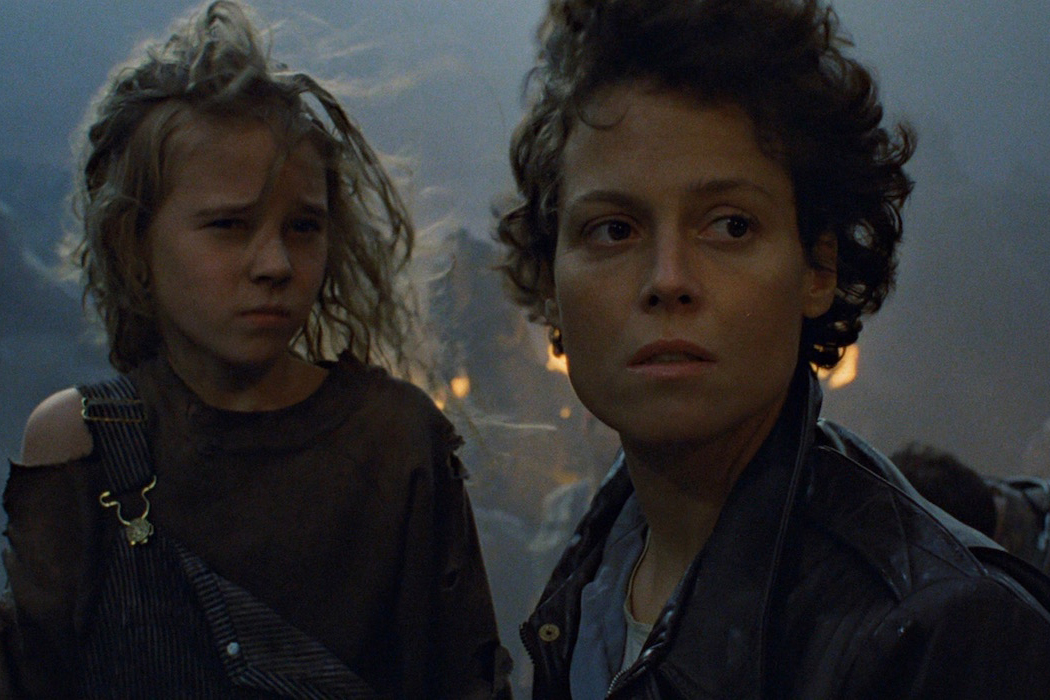
Chris is a 23 year old writer and filmmaker. A…
A good piece of art will create a following, and with that following is a desire for more – a desire for continuation. In the medium of film, these continuations usually come in the form of movie sequels. But whether due to high audience anticipation, studio interference, or simply a dry creative well, follow-ups often fall short of its predecessor’s greatness. The motto “the sequel is never as good as the original” is a common motto for moviegoers.
But an avid film buff will always be prepared with a list of films that prove the contrary. For instance, The Godfather Part II broke ground not for just being one of the first numbered sequels, but being the first sequel to win Best Picture at the Academy Awards. Irvin Kershner’s Star Wars sequel The Empire Strikes Back in particular is celebrated by fans, and has been a guiding light for many blockbuster directors. The list of good sequels can go on, but for every quality sequel will come several bombs.
With each summer adding more sequels, remakes, and reboots to the pile, it’s difficult to find anything original and exceptional in the movie theater. Some of these sequels are worth the time, but the rest serve as evidence for the aforementioned motto. In an attempt to guide audiences through the sea of unoriginality, I’ve created the following categories to classify the many different types of sequels.
Direct-to-Video Schlock
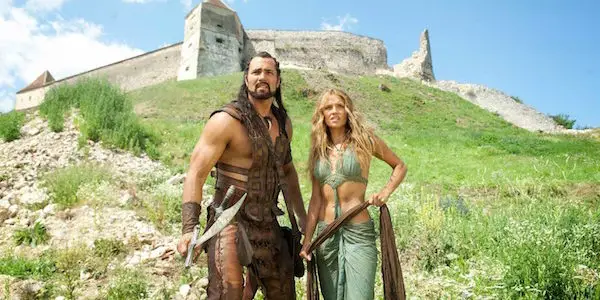
At the very bottom of the barrel are low budget efforts that never reach the big screen. In an attempt to exploit a famous title, a movie studio will rush a sequel to production, recasting A-list stars with B-list to D-list actors, and with less prolific directors and screenwriters, the talent behind the camera is diminished as well. Whether the film is live-action or animated, the lower budget and effort will likely show through the visuals.
Disney at one point was the most infamous studio using this practice. Beginning with the 1994 film The Return of Jafar, Disney put out lower quality sequels year after year of their most popular animated films, including Cinderella, The Little Mermaid, Mulan, and countless others. There have been a couple of fan favorites, including the “interquel” The Lion King 1½, featuring a story not unlike Rosencrantz and Guildenstern Are Dead.
Bizarrely, the live-action George of the Jungle 2 self-referenced its status as a low budget sequel, with unknown actor and “new George” Christopher Showerman explaining to the movie’s narrator, “Studio too cheap to play [original actor] Brendan Fraser.” Disney ended this long national nightmare in 2007, when Pixar’s John Lasseter took control of DisneyToon Studios.
In an absurd case is the existence of a Scorpion King series with three direct-to-DVD installments. By the time we get to The Scorpion King 4: Quest for Power, we have a sequel of a sequel of a sequel of a prequel of a spin-off of the sequel to The Mummy.
Alas, these direct-to-DVD sequels are doomed to sit on grocery store shelves, at least for as long as DVD movies are sold. Some of these movies end up on television first, but with digital distribution rising, expect to see these movies on Netflix, Hulu, or more likely Crackle.
Sequel in Name Only
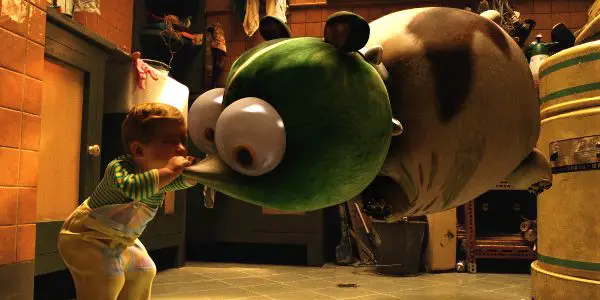
In a way, this next category overlaps with direct-to-video sequels. This strategy is a higher budget effort by a studio to keep a title alive, by creating a mostly unrelated sequel. These movies will likely have a completely different cast and characters, but a similar premise and plot.
Studios will likely take advantage of this option when an A-list star refuses to return for another installment. Before 2014’s Dumb and Dumber To, Jim Carrey had never participated in sequels, resulting in three infamous stinkers: the hackneyed prequel Dumb and Dumberer: When Harry Met Lloyd, the painfully unfunny Son of the Mask, and the feature-length animal spit joke Evan Almighty. While many sequel ideas are hopeless to begin with, the lack of the original star is the biggest sign of impending critical doom.
Vin Diesel has an interesting relationship with sequels. While he did not return for second rounds of xXx and The Fast and the Furious, he returned to the franchises with reverence for the properties – and a larger producer credit. The Fast franchise is a rare occasion where the series course corrects, and arguably evolves into something greater.
Copy and Paste
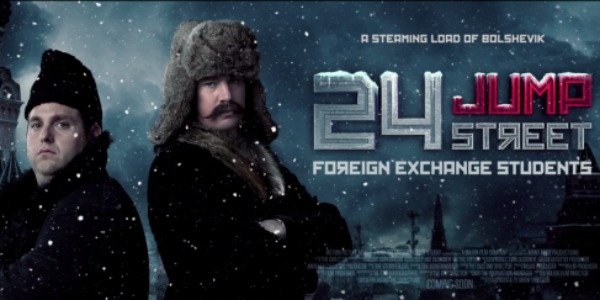
If it worked the first time, why not just do it again? Yet another pitfall that studios are victim to, this type of sequel will turn a successful premise into a formula. Unsurprisingly, these sequels rarely offer anything new, and as such they are not held in the same regard as the original.
The Hangover Part II was an egregious offender, turning the Golden Globe-winning plot of the first movie into a Mad Lib. Replace Las Vegas with Bangkok, a baby with a shaved head, a lost tooth with a face tattoo, and you have a Memorial Day box office winner. Critics however, did not bite, slamming the sequel for its laziness and mean-spirited humor.
Phil Lord and Christopher Miller created a rare exception with their 2014 comedy 22 Jump Street. While reboots of old television shows are usually poison, 21 Jump Street proved that self-awareness and meta humor are useful tools to subvert expectations – 22 likewise parodied the concept of a sequel. After a failed drug bust, Deputy Hardy (Nick Offerman) instructs Schmidt (Jonah Hill) and Jenko (Channing Tatum) to do “the same thing again” from the previous movie, the first of several meta jokes in this sequel. In a memorable credits sequence, the movie imagines several more potential Jump Street sequels, all featuring variations of the “infiltrating a place of education” premise.
Having a larger budget and studio support could justify this route. “Rebel without a crew” Robert Rodriguez famously made his Mexican Western El Mariachi on a budget of $7,000. With a Hollywood budget to take advantage of, Rodriguez created Desperado, a sequel with many of the same story action beats, albeit with high production quality.
Nostalgia-Fest
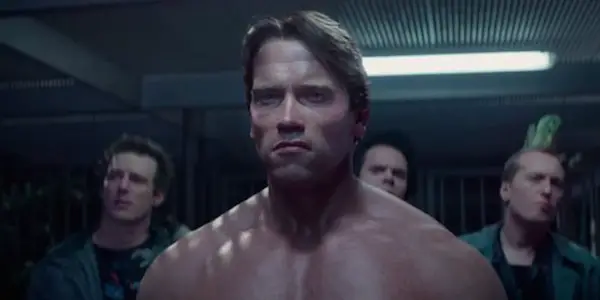
This category is a less overt Copy and Paste, where the question is instead, “Remember that thing from all those years ago? Want more?” Studios will label these movies as “soft reboots,” as they continue the story of older films, but they attempt to approach the series in a new and fresh manner. But at their worst, these movies are simply rehashing classic moments and imagery from better films.
The integrity of Star Wars: The Force Awakens is often debated, due to its obvious similarities and parallels with the original 1977 Star Wars. Featuring a new trio of heroes, this J.J. Abrams film uses a similar plot structure, using the plot device of a droid containing important information, and featuring another giant (and even larger) planet-killing machine. Harrison Ford even serves in the Alec Guinness mentor role, with Han Solo similarly meeting his demise. Its standing in the franchise overall has yet to be determined by fans, but time will tell after the new trilogy is complete.
Also in 2015 came summer blockbusters like Jurassic World and Terminator Genisys. Jurassic World took the box office like a storm, and showcased the theme park idea from the original Steven Spielberg film to its realization. But despite the passage of time in-universe, these characters made the same mistakes that led to similar disasters. Even with fan service moments like the return of the original T-Rex, some moviegoers saw this blockbuster as an uninspired rehash.
More offensive to fans was Alan Taylor’s Terminator Genisys, which miscast iconic roles such as Sarah Connor and Kyle Reese, despite Arnold Schwarzenegger’s return. This unsuccessful reboot/sequel was little more than a hodgepodge of plot elements from the first two Terminator films, reusing iconic quote after quote to the brink of annoyance.
Escalation
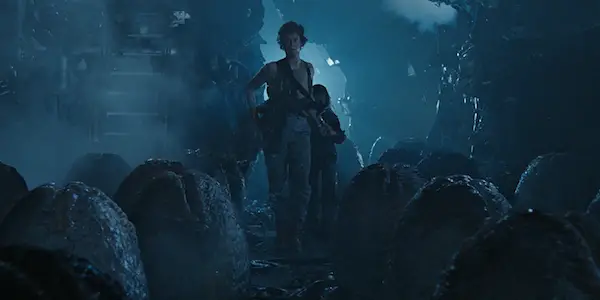
If you liked “x” from this first movie, then there will sure be more of “x” in the next one. As a movie or a series of movies rises in popularity, filmmakers and studios will feel the need to “top” the previous one. This isn’t merely adding more of the same – this is multiplication of those elements. On the downside, these sequels carry the risk of diminishing returns. By the time the audiences get to this next movie, they may already be tired of what made the previous film great. Or, perhaps the filmmakers have relied on those elements too heavily.
Anchorman 2: The Legend Continues was full of excess, for example. While the first Anchorman film was an entertaining exercise in ad-libbing, the sequel had a lack of restraint in its dialogue and humor. A direct byproduct of the loose filmmaking process was a second cut with alternate jokes from the theatrical cut. Additionally, fan favorite character Brick Tamland (Steve Carell) became simply unbearable.
In this category, gross-out movies receive even grosser sequels. While The Human Centipede isn’t held in high regard, writer/director Tom Six deemed it necessary to add more humans to the titular centipede in each successive installment. Torture porn franchises like Saw inevitably become a contest on who can conceptualize the cruelest and most gruesome traps, until audiences could no longer stomach it.
Conversely, James Cameron’s Aliens was able to successfully hone this idea of escalation. This iconic sci-fi action film followed up Ridley Scott’s claustrophobic horror Alien with a more run-and-gun sensibility, while maintaining the same imagery and plot formula. Christopher Nolan’s The Dark Knight is another great example, using escalation as a theme for its story. With Batman’s presence in Gotham City, challengers like Heath Ledger’s Joker arise to up the ante in the war against crime.
Serialized Storytelling
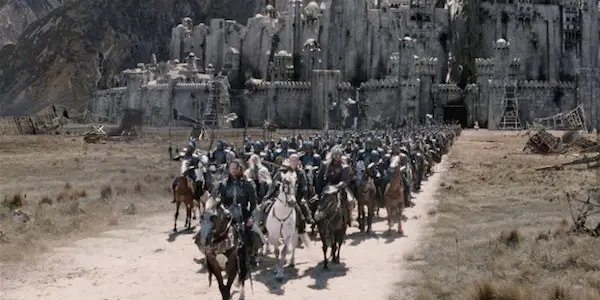
In a new movie landscape of endless cinematic universes, we have franchise films coming out in theaters with the studio’s full intention to follow up with sequels. These are movies that are part of a larger story, a story that will span for years to come. But even before now, there have been other movie projects that have taken the larger story approach, in a similar way that television does.
Peter Jackson’s The Lord of the Rings was a magnificent large scale project. While this series was made up of three films, it was shot as a whole unit for over a year’s time. The Lord of the Rings: The Return of the King has the honor of being the second sequel to win the Academy Award for Best Picture.
In another case, Quentin Tarantino’s Kill Bill screenplay was so long that it had to be split up into two parts. Funnily enough, Django Unchained almost suffered a similar fate before being cut down into two and a half hours. These movies are hardly sequels, and more so different parts of a complete narrative.
This is not to take away from what Marvel Studios has created, making the most successful cinematic shared universe to date. Using their own comic book shared universe as inspiration, Marvel has multiple franchises following different superheroes, and these narratives intersect in crossover films such as The Avengers. But even with these different flavors and styles, each film in one way or another advances the larger story.
Simply, the Next Chapter
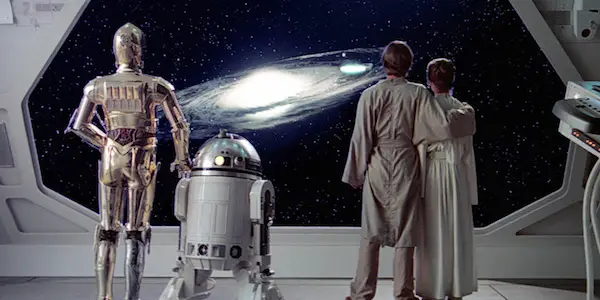
After completing their film, filmmakers may decide to revisit their characters. They had gone through a complete arc in this film, and now that they are developed, what more can be done with them? In this category, filmmakers will attempt to create something totally new using the first film as a foundation, rather than a template. These are movies that can stand on their own two feet, the next natural step for these characters.
An easy method to achieve this is to create new scenarios for existing reoccurring characters. The Dollars Trilogy starring Clint Eastwood, for example, all feature this wandering “Man with No Name” in different adventures. This is a very pure form of sequel, allowing for completely standalone installments that are not dependent on each other. Similarly, George Miller’s Mad Max series has a Man-with-No-Name-esque protagonist, making a glorious return in Mad Max: Fury Road – the advantage here is that one can watch Fury Road without the burden of the previous three films.
As mentioned, The Godfather Part II is a famous example of an exceptional sequel. Avengers: Age of Ultron writer and director Joss Whedon cited The Godfather Part II as his “guiding star,” saying “It’s there in the film about what’s happened since, what’s different, and why is this a different film; why is it a different kind of structure, and why is it darker.” This sequel’s unique parallel structure, following both Michael Corleone (Al Pacino) and a younger Vito Corleone (Robert De Niro), helped the film to create its own story, mostly independent from the already legendary first film.
Finally, we return to The Empire Strikes Back, considered to be one of the greatest sequels of all time. Using the universe and characters established in the original Star Wars, Kershner and screenwriters Lawrence Kasdan and Leigh Brackett approached the sequel as a character study. As X2 director Bryan Singer described, the characters in Empire are “all split apart, and then dissected, and revelations occur that are significant… the romance comes to fruition and a lot of things happen.” Empire is successful in expanding the mythology, developing the characters, and creating escalation, not from adding more, but by raising the personal stakes.
Do you find this categorization of sequels to be accurate? Do you have any favorite movies that fall under any of these? Be sure to leave a comment!
Does content like this matter to you?
Become a Member and support film journalism. Unlock access to all of Film Inquiry`s great articles. Join a community of like-minded readers who are passionate about cinema - get access to our private members Network, give back to independent filmmakers, and more.
Chris is a 23 year old writer and filmmaker. A graduate of Carnegie Mellon University, he was the Vice President of the university’s Film Club, and attended the Sundance Film Festival in 2015 and 2016. His favorite writer/directors include Paul Thomas Anderson, the Coen Brothers, and Quentin Tarantino. He probably watches too much Marvel stuff. You can find more of his written content, podcasts, and videos on Bad Haircut Productions.












